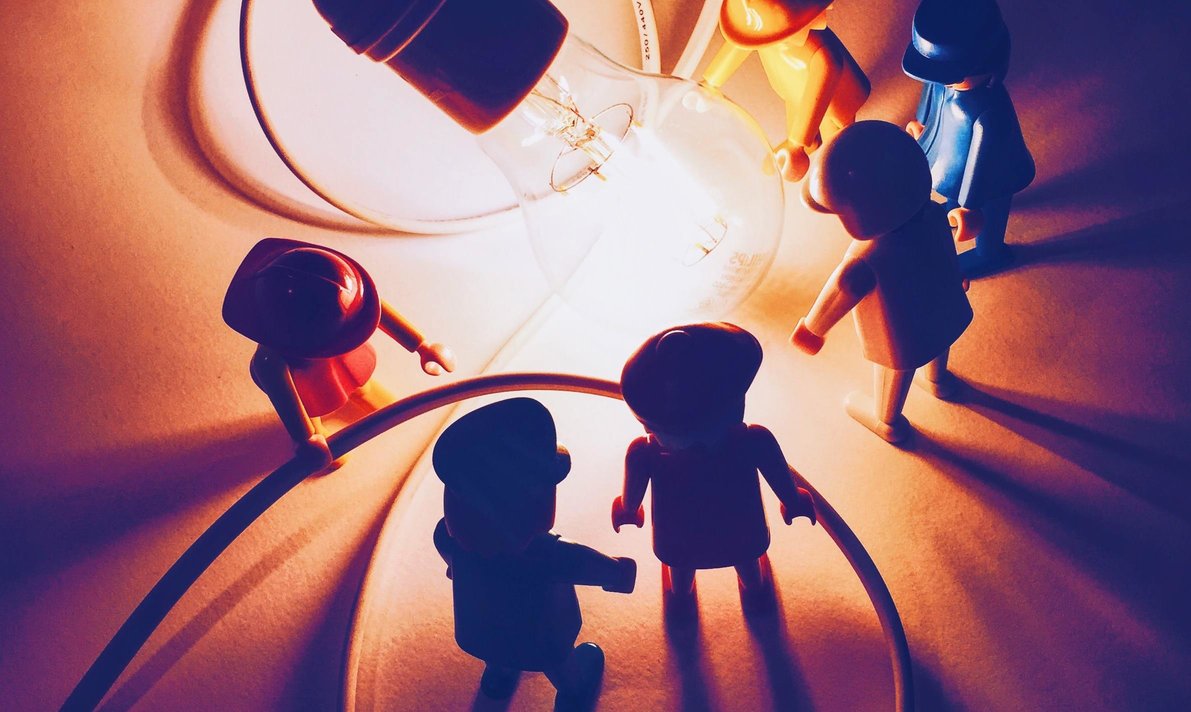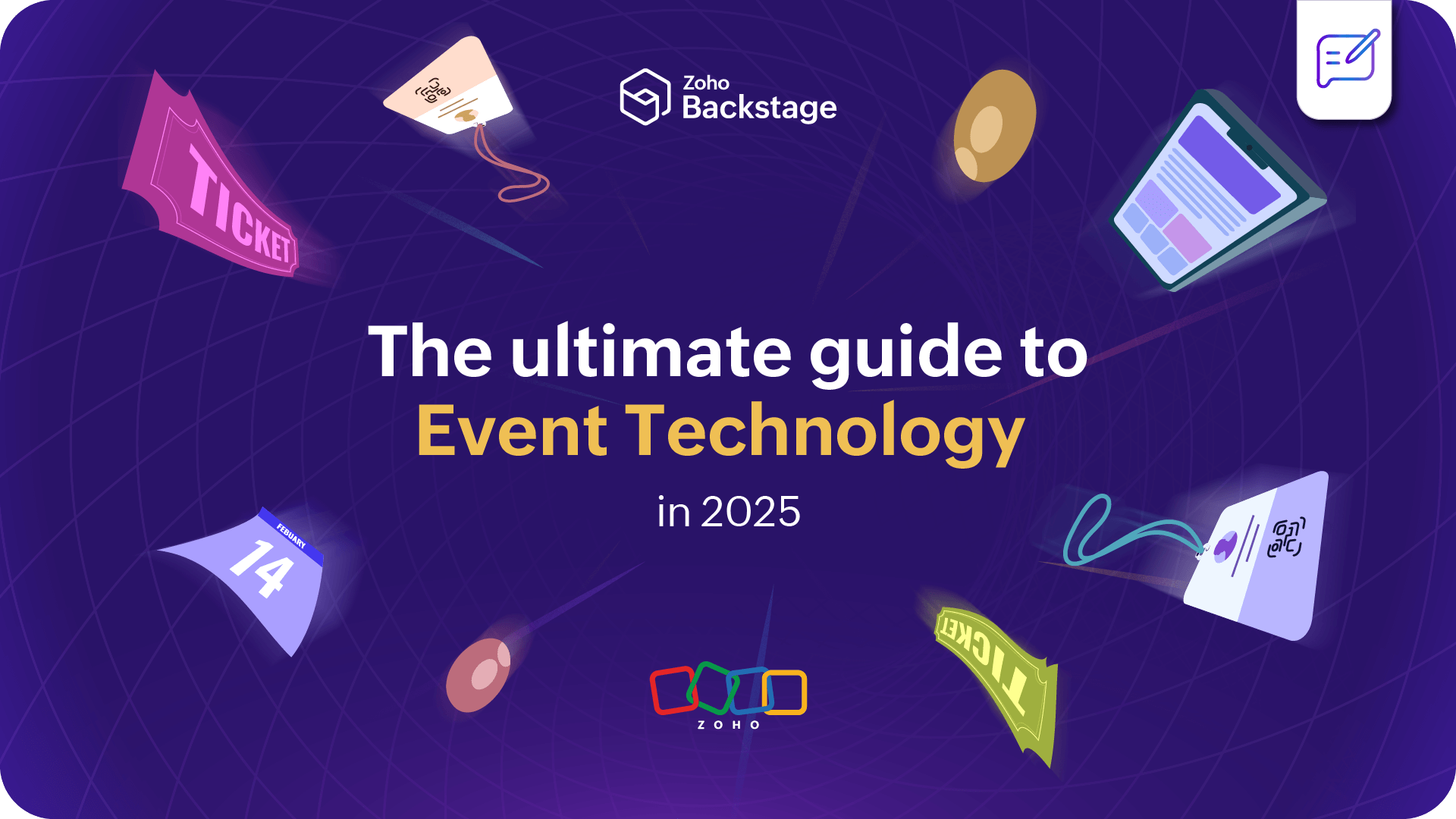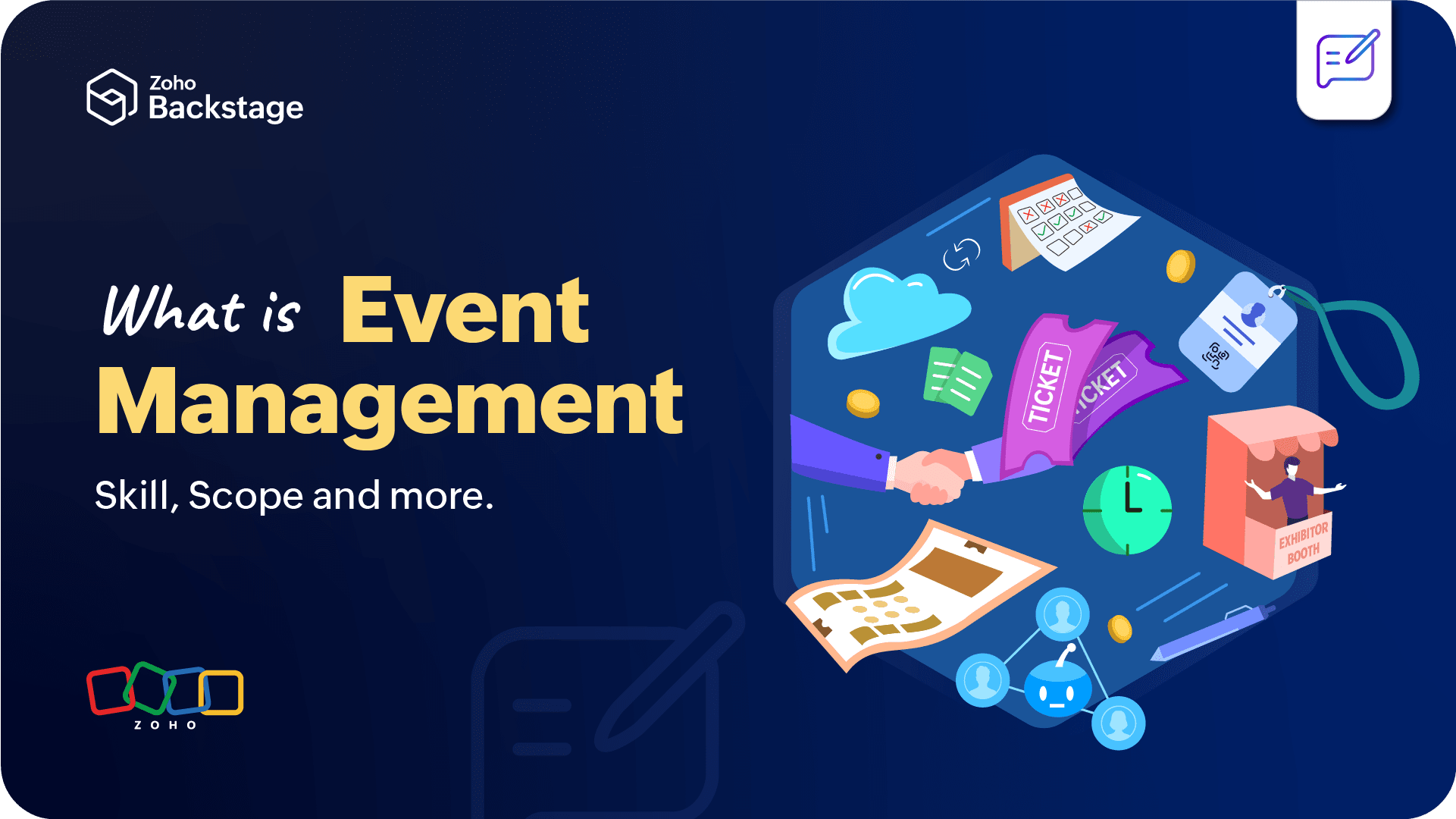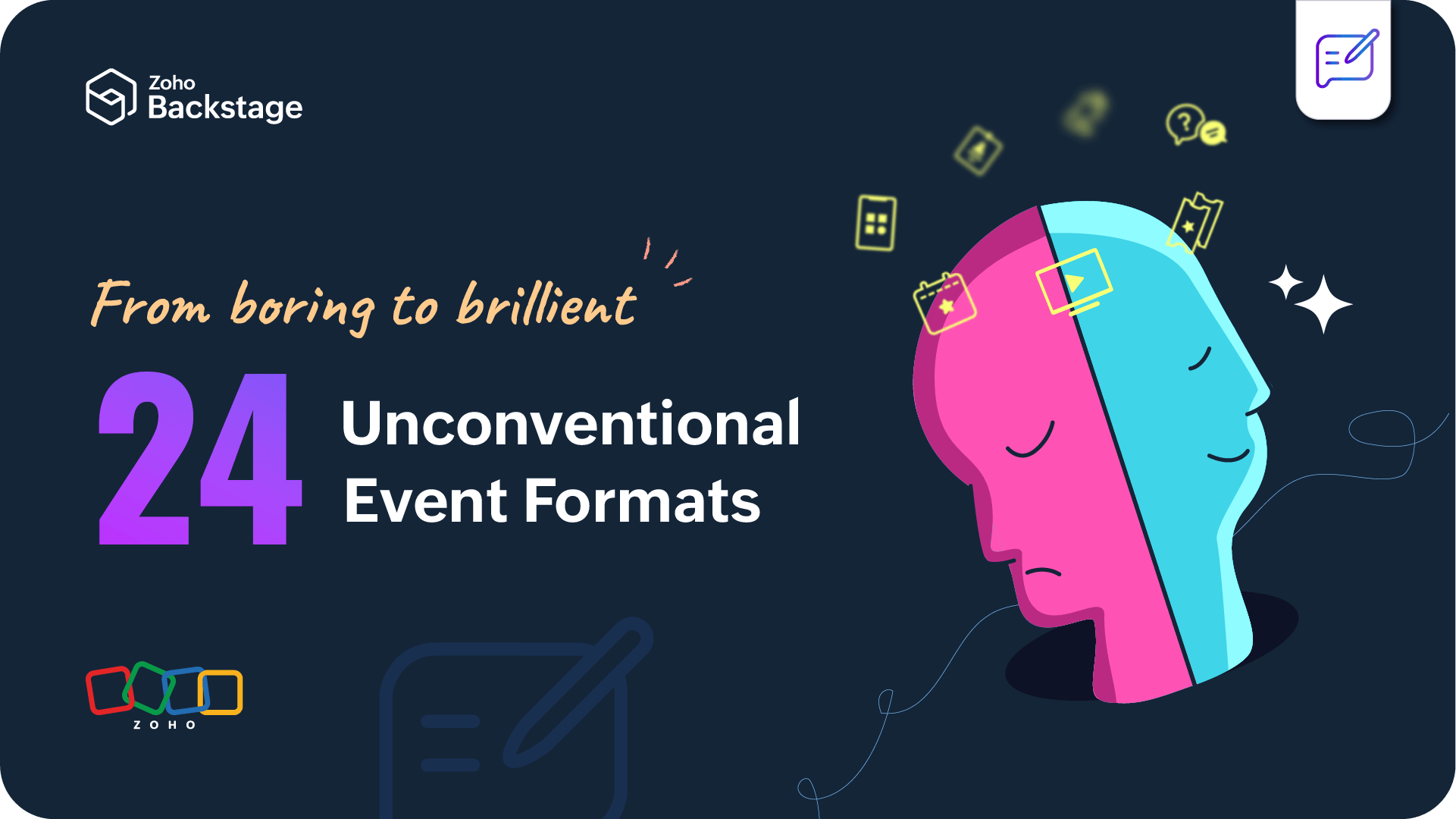- HOME
- Technology
- How to use gamification in your events
How to use gamification in your events
- Last Updated : August 18, 2023
- 2.0K Views
- 8 Min Read

Gamification is the process of using game thinking and game mechanics in non-game contexts to encourage participation. The concept of including play in work-related areas is not exactly new. Research on this can be dated as far back as 1973, when Charles Coonradt published his much-talked-about book, The Game of Work, describing how games in the workspace could improve motivation and productivity. However, it wasn’t until the early 2000s that this idea really took off. In 2002, Nick Pelling coined the word “gamification” and there’s been no turning back since. By the end of the decade, every other business was considering introducing this concept in their workspace.
But why does gamification work so well when it comes to engaging participants at events? The answer lies within the brain and its neural pathways. Researchers call it the dopamine effect. Every time we achieve something positive, dopamine, a neurotransmitter, is released into the reward pathway of the brain and the “activation of the pathway tells the individual to repeat what it just did to get that reward” (Nester Labs). The most obvious current example of this is the joy people get when their social media post gets a “like.” Because gamification deals with instantaneous feedback—scores, rewards, the feeling of accomplishment—we get constant boosts of encouragement to keep going, be it at work or play.
Why gamification for events?
Gamification arrived comparatively late to the event industry. It wasn’t until the mid-2010s that events started using gamification to involve and engage attendees. Very soon, technology caught up with the phenomenon and event apps like Livecube started gamifying attendee interactions. Their goal? To improve engagement among event participants. In 2017, gamification was one of the most talked-about trends in the event world, and most event planners had something good to say about it. Fast-forward to 2020, and this trend’s still going strong.
Let’s look at a few benefits of using gamification in events.
It can engage attendees
Gamification can go a long way in facilitating communication among attendees. It’s been especially beneficial in breaking the ice and getting conversations going. At the Marketing Profs B2B forum, event organizers held a 45-minute speed-networking session to help their attendees network and mingle.
You could also use bingo to increase interaction among your event participants in your next event. Give attendees bingo cards with different tasks and ask them to check them off as they complete each one. These tasks can be anything from visiting sponsor booths to talking to another attendee who’s worked in a particular sector.
It can create a sense of flow
According to psychologist Mihaly Csikszentmihalyi, flow is a “state in which people are so involved in an activity that nothing else seems to matter; the experience is so enjoyable that people will continue to do it even at great cost, for the sheer sake of doing it.”
With gamification, you could quite possibly create this sense of flow at your next event. By giving attendees a set of instructions to follow, instant feedback, and rewards, you can have them involved in your event without being distracted. The activities can keep them in the flow of the event.
It can make for a fun environment
This is probably me stating the obvious but games are fun. And by extension, gamified activities can also make your event fun and relaxed. So if this is one of your goals for your next event, you should definitely give gamification a try. With games like scavenger hunts, trivia contests, and bingo to name a few, you can make the event a fun experience for your attendees.
Subscribe to The Green Room
Sign up here and get all the most relevant MICE industry content delivered right to your inbox once a month.
By submitting this form, you agree to the processing of personal data according to our Privacy policy.
How to successfully gamify your event?
The “gamification” strategy depends on two equally important components to get its work done: game mechanics and game dynamics. Game mechanics deals with what the game actually is—the basic actions that have to be performed to move forward in the game and reach a particular goal. Game dynamics, on the other hand, deals with the motivational aspects behind playing the game and builds the game’s narrative. To be successful with your event gamification approach, it’s important that you give both of these aspects their due importance.
Here are some quick pointers to help you get a head-start on your gamification strategy.
Know your audience (your players)
Before you start making plans to gamify your event, it’s important to get an idea of the psychology of your players (audience) and how they approach games. For this, you can use The Bartle Test. Dr. Richard Bartle categorized gamers into four categories based on their motivation to play: achievers, explorers, socializers, and killers.
Achievers play to win. That’s their only motivation, and the reward spurs them on.
Explorers look at games as a way to experience new things and learn something.
For socializers, the game is just another place to make contacts, network, and collaborate.
Killers, on the other hand, are players who enjoy the power of the game. Winning, to them, is beating the rest of the players, their competition.
If you’ve got an idea of how the majority of your audience would react, you can tailor your strategy to cater to them. Your best bet, though, is to have elements that satisfy, to an extent, the needs of all four player types. And while not everyone will be interested in your game, this way you can engage most of them.
Some ways you could do this is by giving badges to attendees for completing a certain number of tasks at the event, like attending sessions on time, asking questions, and answering polls. The achievers and killers can find satisfaction in the competitive atmosphere of the game while the explorers and socializers will be motivated to take part in the game for the learning and interactive elements. This is one reason quests are extremely popular.
Don’t gamify for the sake of it
Your gamification strategy should have a point, a goal. For example, if your aim is to help attendees network, then include games like networking bingo or speed networking. Or if you want to help them retain information, have quizzes or interactive sessions where participants get points for asking questions or answering polls. You can even step it up by including the scores in a public leaderboard.
What doesn’t work is a random inclusion of games that serve no purpose, especially if those game elements don’t suit your brand and your audience. Figure out why you want to do it. Is it because it’s the latest trend or will your event really benefit from it? Once you have the answers, proceed from there. Also, keep in mind that your event is not about gamification—it’s just one part of your event. Take care not to overdo it, or your audience will realize that you’re trying too hard and they might even be put off by that.
Design your activities using the “White Hat” strategy
Over the years, many researchers have created different gamification systems to design games. One popular system is Yu-Kai Chou’s Octalysis framework, which talks about two game strategies: the white hat and the black hat. While the former makes the player fulfilled, the latter makes for a more stressful and negative game experience.
In the Octalysis framework, the eight sides of the octagon denote the eight core drives of games. By designing your activities with the core drives mentioned at the top of the octagon (meaning, accomplishment, and empowerment), you can create a “white hat” game and ensure that your audience feels a sense of joy and purpose with the games.
By including games where everyone feels a sense of accomplishment, you can boost your crowd’s morale and get them to be more excited about your games. IFO’s annual conference, FUSION 2015 did this really well. The event organizers held a scavenger hunt to help exhibitors connect with attendees. The scavenger hunt was a competitive yet educational challenge, and though there were only a few prizes, everyone felt like they accomplished something.
Use intrinsic and extrinsic rewards
We all know a game must have a reward. This reward matters as much as the game and sometimes even more. At the same time, the reward should also satisfy people with different personalities.
As Jane McGonigal says in her book Reality Is Broken: Why Games Make Us Better and How They Can Change the World, “Extroverts tend to produce more dopamine in response to social rewards—smiling faces, laughter, conversation, and touch, for example. Introverts, in turn, are less sensitive to these social reward systems but highly sensitive to mental activity, such as problem-solving and puzzling and solo exploration.”
Your reward should, thus, satisfy both criteria. Your activities should challenge and engage your attendees and give them recognition (be intrinsically rewarding), and, at the end of the activity, they should get a tangible reward—contacts, free tickets, or even trophies and prizes.
Understand that gamification is more than technology
There’s a common misconception among event organizers that gamification can only be done with technology. But that’s not true, and investing in costly technology that has “gamification options” is no guarantee that your attendees will be involved in them. Actually, some of the most successful gamification activities have been offline. They were in-person activities like when the event organizers got attendees to collect exhibitor stamps in their passes for prizes. That was a hit and leveraged gamification, not technology. To succeed, you should too.
Gamification, when used in moderation and with purpose, can do a lot for your event and your attendees. It can even benefit your sponsors and speakers. However, it is no magic potion, and using it to save a bad event will do more harm than good. So take care that you balance gamification with all the other facets of your event.
If, like us, you're more of a social person, let's connect on Twitter (@ZohoBackstage) and we'll keep you up-to-date with all the latest event news.
 Nisha
NishaMarketing and content at Zoho Backstage. Cultural misfit. Armchair traveler. Productivity geek. Sometimes, I write poetry. Sometimes, it rhymes.














